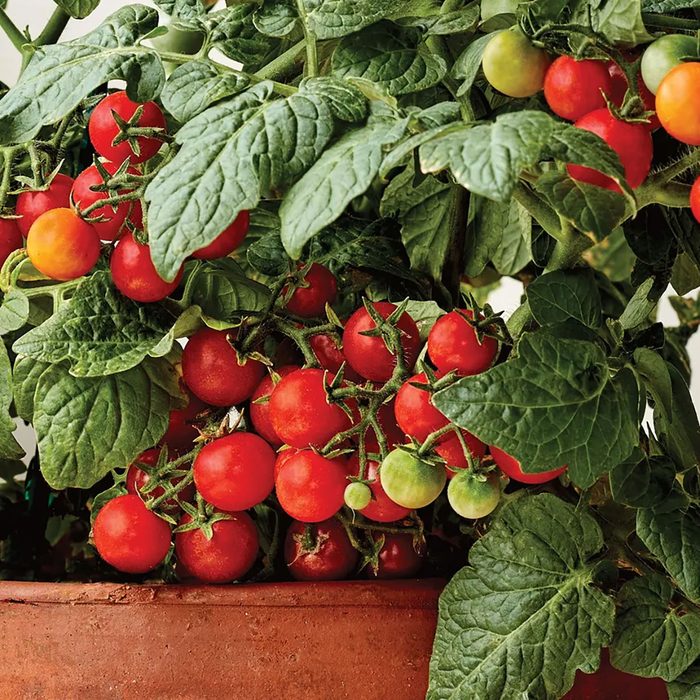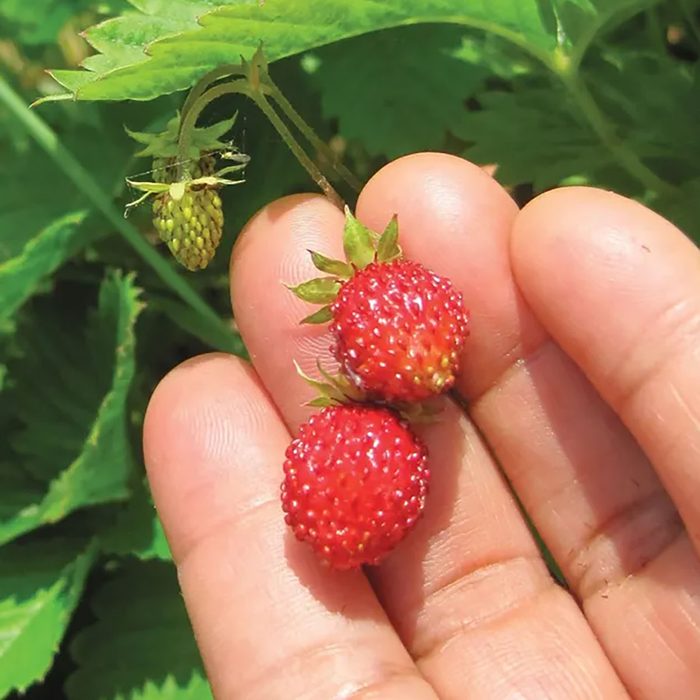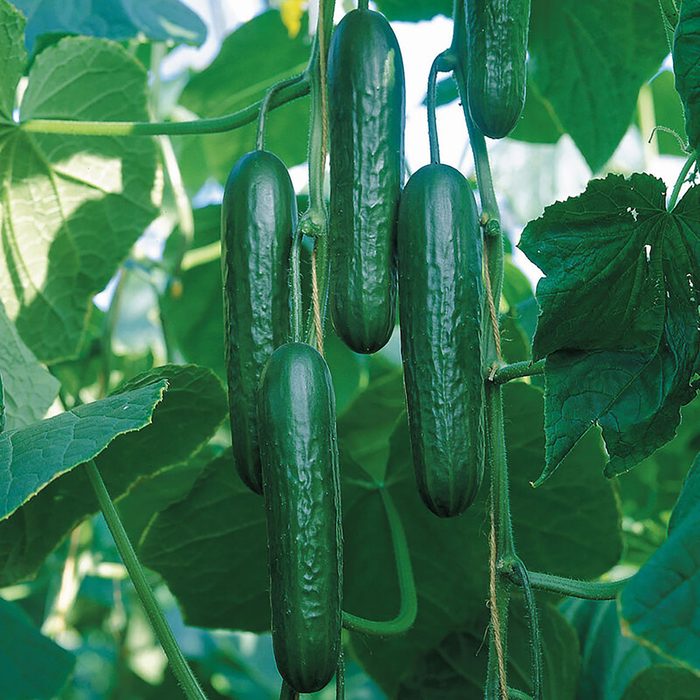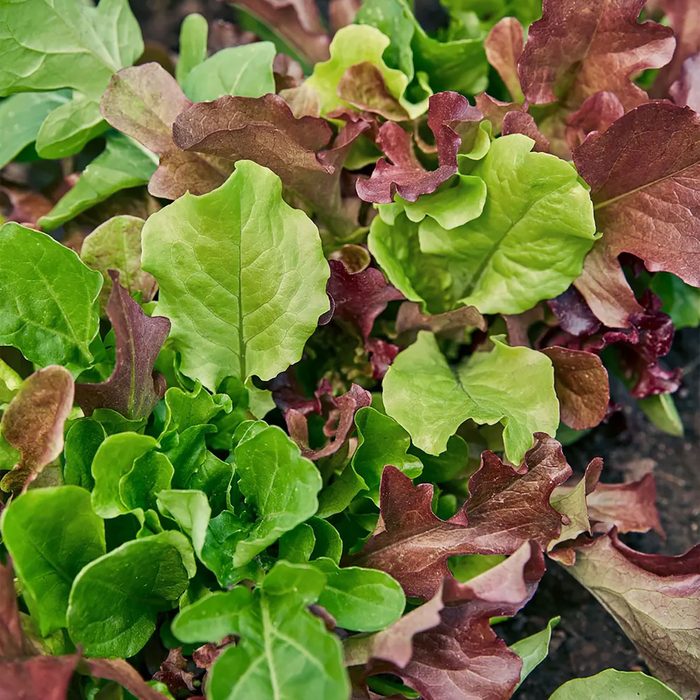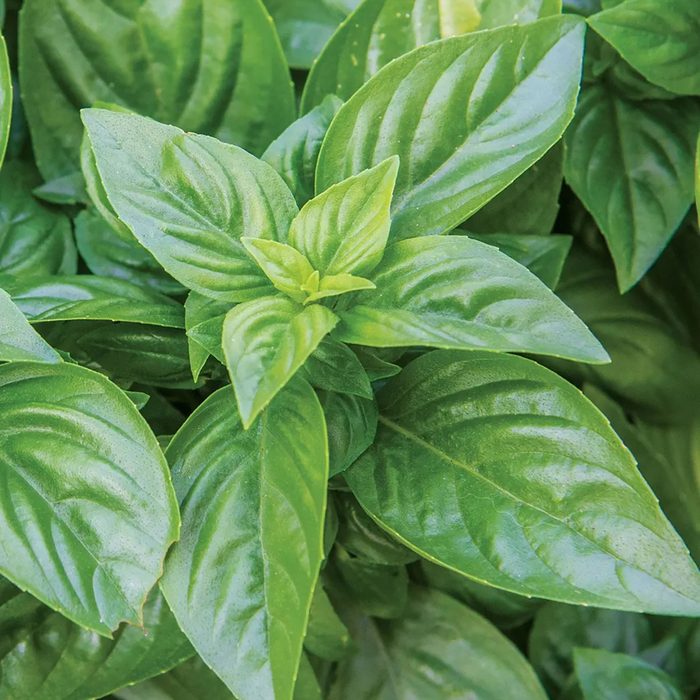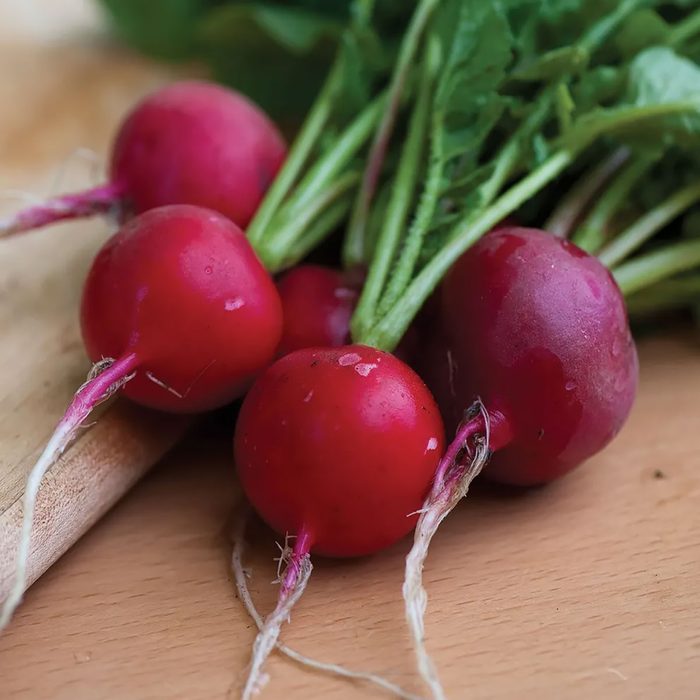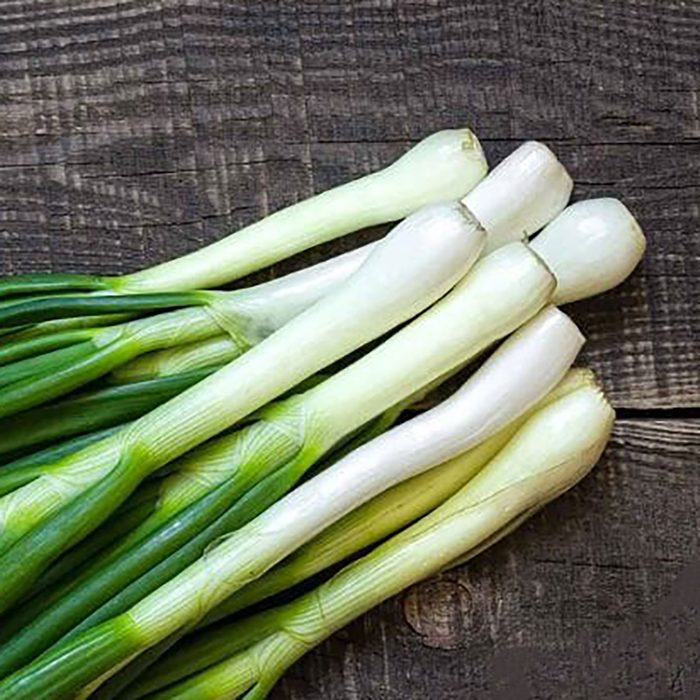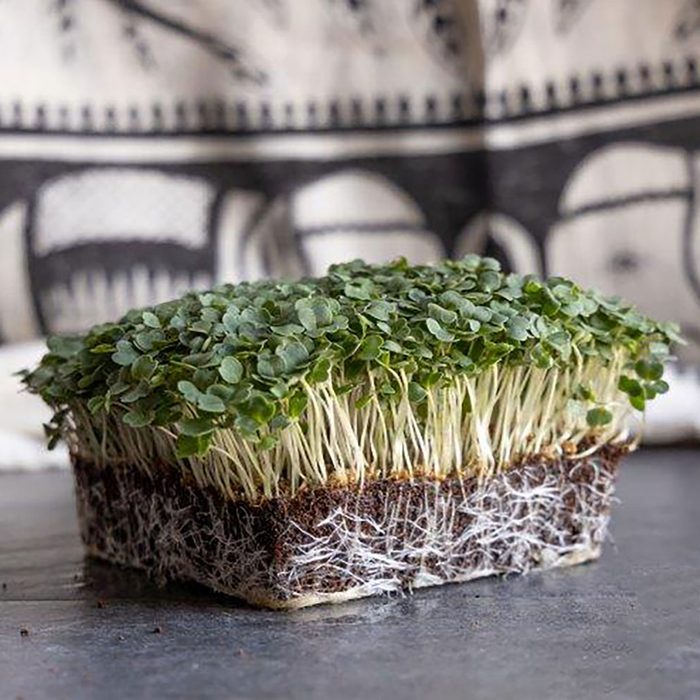VIA MERCHANT
VIA MERCHANT
The ‘Meyer’ lemon is one of the most popular citrus trees grown indoors for fruit.
When purchasing a lemon plant, start it in a container a bit larger than the one it came in. As the tree grows, gradually increase the size of the pot. A well-grown tree could need a rather large pot. Keep that in mind if you plan to move your lemon tree outdoors in the summer and back inside in the winter.
When grown inside, give lemons plenty of light — say, from a south-facing window. As with many fruits and vegetables grown indoors, you’ll need to hand-pollinate flowers to get fruit to form. Swipe some pollen onto a small brush, then dab it onto the center of the same flower.
VIA MERCHANT
VIA MERCHANT
Strawberries, especially alpine strawberries, are a good choice for growing indoors. They’re a smaller day-neutral fruit and will flower regardless of how long or short the days are. Grow strawberries in hanging baskets to allow the “runners” a place to hang down from the main plant.
Give strawberries lots of light and keep them well-watered. When planting, the crown, where all the leaves grow from, should be just above the soil line to avoid rotting. Flowers require hand-pollinating.
You can also winterize your outdoor strawberry plants.
VIA MERCHANT
VIA MERCHANT
If you have a lot of space for a big container, you can grow a bush-type cucumber, like ‘Bush Champion.’ Plan on supplemental lighting, because it will need plenty. Keep it well-watered and fertilize regularly.
When it flowers, you’ll need to hand-pollinate because most cucumbers have separate male and female flowers. To do this, swipe some pollen from a male flower, which will be attached by a thin stem. Then brush the pollen onto a female flower. The female flower will have a little bulge at the base of the flower that will become the cucumber.
If you have lots of room, good light and support for the vines, you can also grow a variety like ‘Socrates.‘ It’s parthenocarpic, meaning it doesn’t produce seeds and doesn’t need to be pollinated to produce fruit.




















